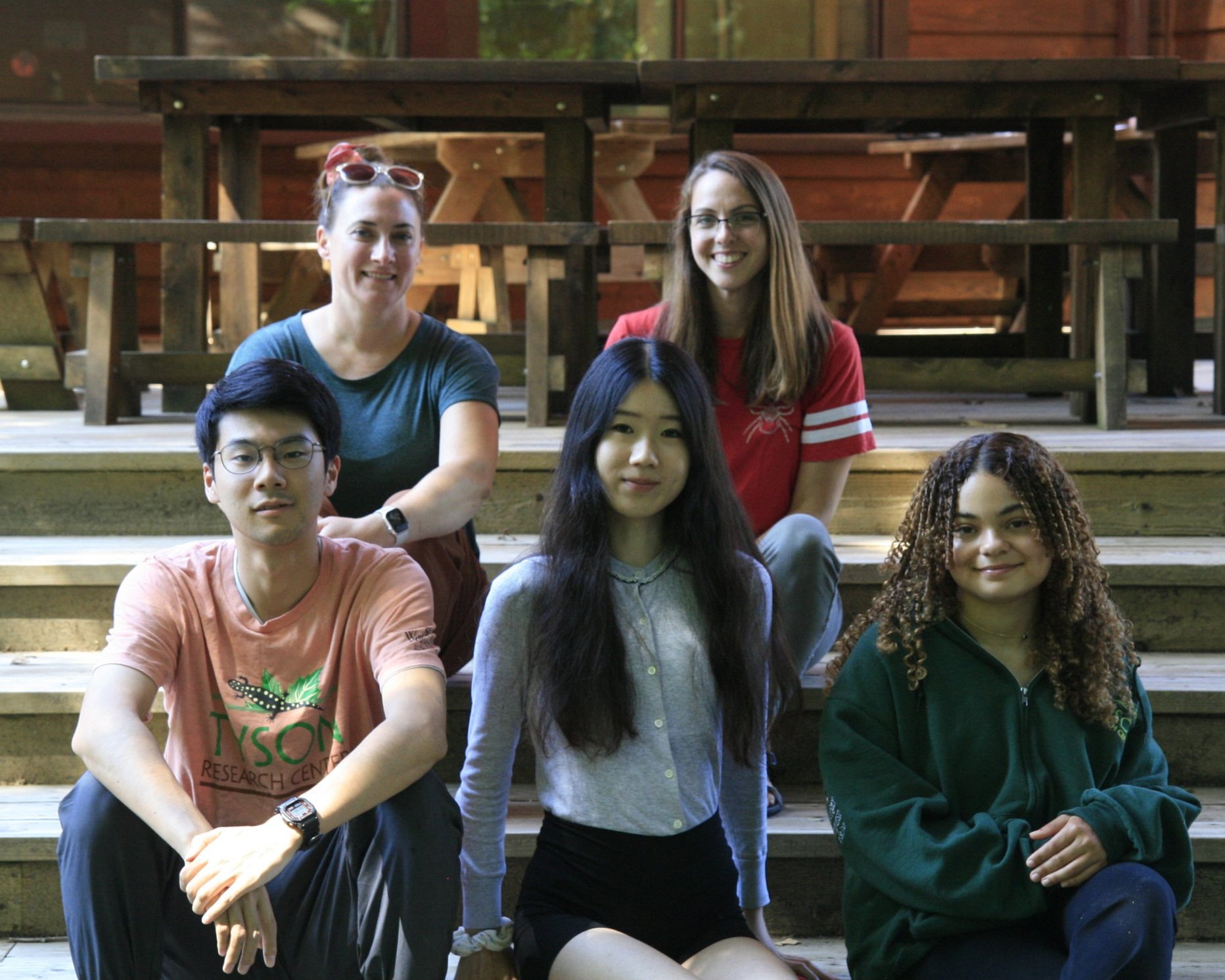Humans of Tyson 2023
Solny Adalsteinsson
she/her
Tyson Staff Scientist
Tick and Wildlife Ecology Team
How has Tyson changed over the years?
Things have changed quite a bit. One cool thing that’s happened over the seven years I’ve been here is an increase in cross-talk across teams, and more interdisciplinary research. If you look at the team structure this year, there’s a lot of fluidity. One student on our team is being co-advised with Susan [Flowers], studying human attitudes/perceptions of ticks in relation to exposure and education about ticks. Everybody at Tyson has always collaborated externally, but there’s a lot more cross-team collaboration within Tyson, which I think is really cool. I would love to see even more of that.
What sets Tyson apart from other research jobs and experiences you’ve had in the past?
“Everybody at Tyson has always collaborated externally, but there’s a lot more cross-team collaboration within Tyson, which I think is really cool.”
I think the emphasis on community here is really important. Most of my experience doing research as an undergrad, and even in grad school, was very lab-specific — you’re working on your project with your mentors, and it’s more focused. You would have to be more intentional about finding folks in other labs to talk and socialize with. Whereas here, we build the community and then people go their separate ways for projects, but we’re always having these moments of coming back together, and I think that’s really great. Even really simple stuff, like when we’re all tripping over each other in the kitchen, trying to make lunch. Having lunch with everybody, and then our big social events over at the LLC [Living Learning Center], when we get to mingle and chat with everyone. I think those are great.
Why did you choose to research ticks?
Ticks are really fascinating as a way to connect human health to environmental health. The diseases they transmit aren’t maintained in people, almost all of them need a wildlife host as well. So in that way, it’s hard to ignore that our health is tied to the health of our ecosystem, and the other beings that live there. That’s the really high level, big picture of why I think they’re interesting. There are other things I could ramble on about forever.
What is something your team has accomplished together this summer?
We’ve accomplished quite a bit already. We’re starting this new project — Beth and I hatched the idea and we thought we were a little bit insane, but we pulled it off. (Solny laughs.) In the first week or two, we deployed sixty-five AudioMoth acoustic monitors across Tyson, to record in the ultrasonic range, capturing bat echolocation calls. We just collected them all in the last few days, so now we have mountains of data to sort through. Our goal is to find an Indiana bat maternity roost at Tyson, if there is one. We’ve also finished all the fieldwork for our tick research this summer, doing two rounds of trapping at 20 different sites around Tyson and 20 different sites at the Saint Louis Zoo’s Wild Care Park. We still have a lot of ticks to get through in the lab. And then we’ve put up all the cameras for the St. Louis Wildlife Project. Finally, our undergrads have pretty much taken over the fieldwork for the Lifeplan project on their own — that’s our big biodiversity inventory project.


